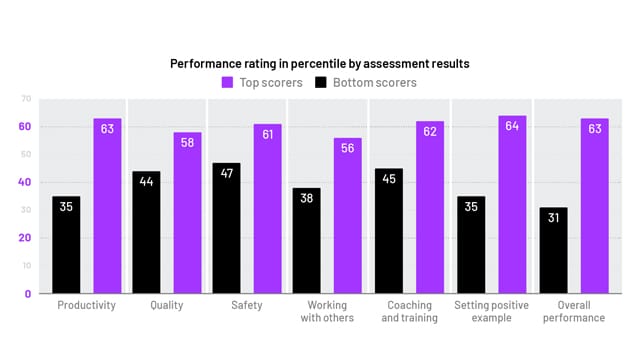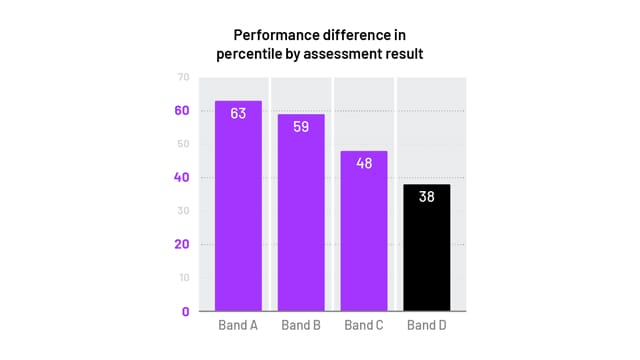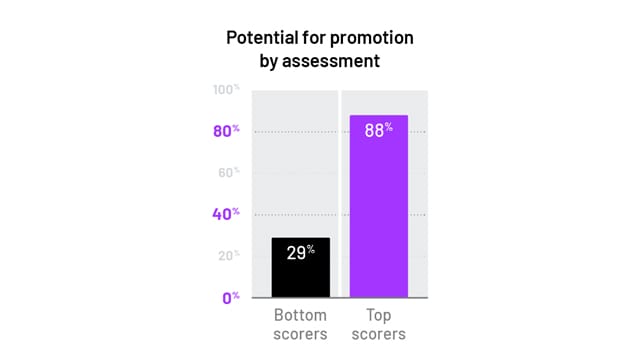Conclusion
For this organization, using Talogy’s manufacturing leadership solution accurately identifies high performing and high potential individuals in their Team Leader positions. This assessment will aid this organization in improving the quality of the manufacturing workforce. To quantify the assessment utility in terms of dollar amounts can be challenging. One way to estimate return on investment (ROI) is proposed by Cascio (1987), who utilized a formula that approximated a difference of 1 standard deviation in performance ratings associated with a relative dollar value of 40% of the individual’s annual salary. The 40% value is a conservative estimate for the standard deviation of productivity (Schmidt & Hunter, 1983) and is still one of the conservative ways ROI is calculated (Cascio & Boudreau, 2011). In this study, there was an improvement of .47 standard deviations from those who would fail versus pass the assessment. If the Team Leader position pays $50,000 per year, an average improvement of .47 standard deviations is estimated to be worth $9,400 per person per year in increased productivity. This translates into $940,000 of increased productivity each year if the company hires 100 individuals per year. There is substantial value of using this assessment in identifying the best first line leaders.
Cascio, W. F. (1987). Applied psychology in personnel management. (3rd ed.), Englewood Cliffs, NJ: Prentice-Hall.
Cascio, W., & Boudreau, J. (2011). Investing in people: Financial impact of human resource initiatives (2nd ed.). Upper Saddle River, NJ: Pearson Education, Inc.
Schmidt, F. L., & Hunter, J. E. (1983). Individual differences in productivity: An empirical test of estimates derived from studies of selection procedure utility. Journal of Applied Psychology, 68(3), 407-414.







